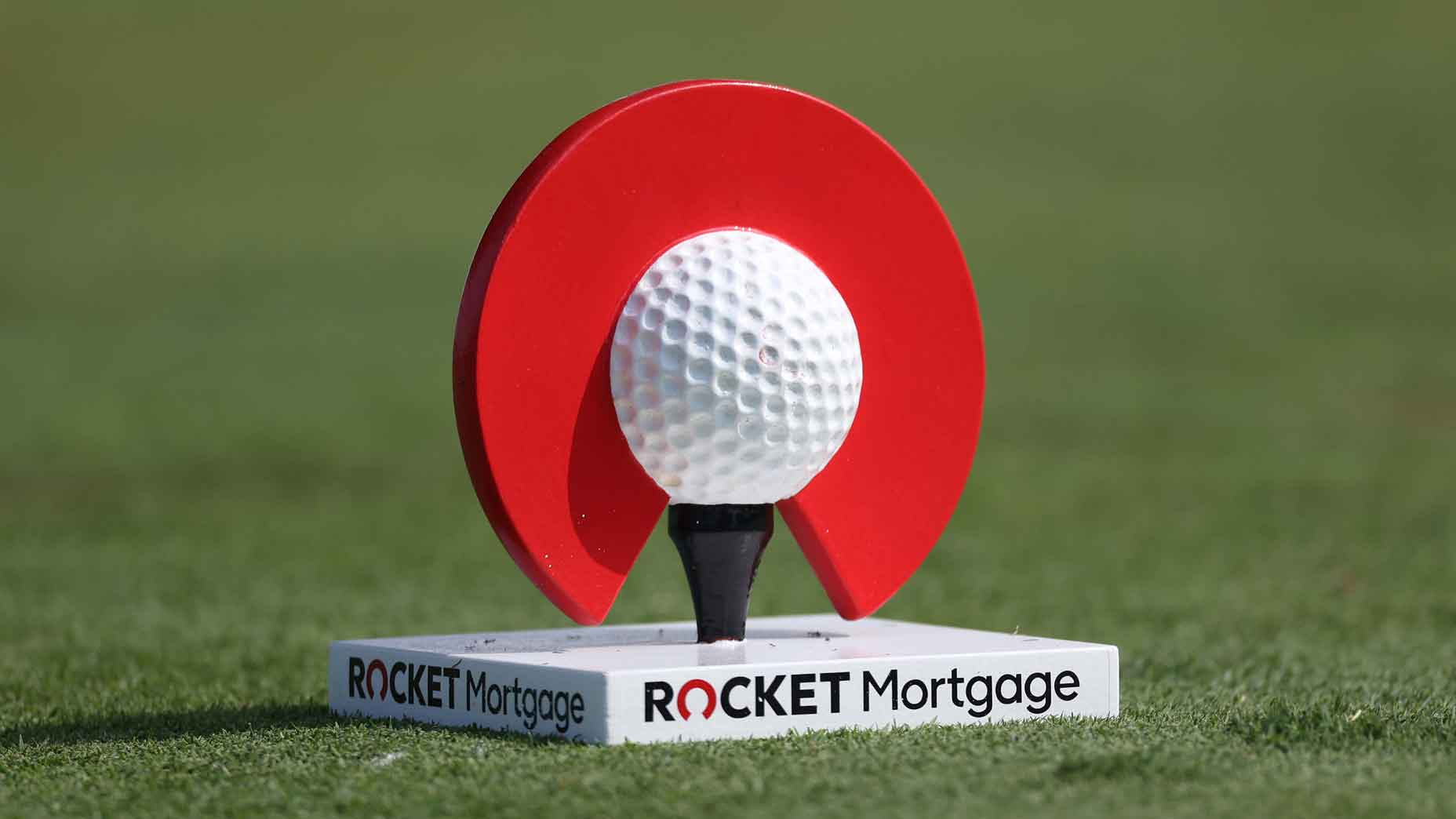Thanks to a rules change by the USGA, golfers will now have three options when putting in 2019: Remove the pin completely, have someone tend the pin, or leave the pin in and unattended. If your putt hits the pin in the third scenario, there’s no penalty (formerly two strokes or loss of hole).
It’s a major change in the name of speeding up play. While I certainly applaud that effort, I’m more excited about something else: I can’t wait to see the PGA Tour ShotLink data that will be generated by this rule change, because I think it will help golfers hole more putts.
In a statement on its website, The USGA says there “should be no advantage in being able to putt with the unattended flagstick in the hole.” It continues by saying that “In some cases, the ball may strike the flagstick and bounce out of the hole when it might otherwise have been holed,” while “in other cases, the ball may hit the flagstick and finish in the hole when it might otherwise have missed.”
But before you decide how you want to putt, let’s review some facts:
- Assuming the pin is securely in place, standing vertical and not swaying in the wind, the hole is 4.25” wide.
- The diameter of a standard flagstick is 0.5” (some pins taper to ¾” and even 1” above the hole).
- If you look at the space left for a golf ball, the 2.125” half-hole minus the 0.25” half-pin, leaves 1.875” between the cup edge and the pin.
- Golf balls are 1.68” in diameter. This leaves a .195”-gap of open space for the ball to fit into the hole with the flagstick in place.
This doesn’t sound like much space, especially if the pin is leaning slightly toward the golfer. This effect, however, has been tested, and my studies show conclusively that you should putt with the pin in!
I conducted my original Pin In/Pin Out test in 1990, and published the results in the December issue of GOLF Magazine. The testing was performed with a special putting device built to roll putts accurately aimed with a laser—and a true, pure roll—from two feet away. We rolled putts at different speeds hitting different parts of the pin on flat, uphill and downhill sloping greens. The test results were conclusive: You will hole a higher percentage of putts when you leave the flagstick in.
 The reason for this effect is that a significant amount of energy is lost from a putt’s speed when the ball hits a fiberglass flagstick. The speed-loss enables gravity to pull the slower moving ball down into the hole more often. Even though balls have changed since my testing, holes and flagsticks have not, and the “energy-loss” effect will still win the day.
The reason for this effect is that a significant amount of energy is lost from a putt’s speed when the ball hits a fiberglass flagstick. The speed-loss enables gravity to pull the slower moving ball down into the hole more often. Even though balls have changed since my testing, holes and flagsticks have not, and the “energy-loss” effect will still win the day.
To make you feel better about leaving the pin in, think about how many long putts and chips you’ve seen crash into the pin and still stay in the hole. If you’re watching golf on TV, you’ve also seen several shots fly into the hole directly from the fairway and stay in.
After the new rule change was announced, Bryson DeChambeau told GOLF Magazine that he planned on putting with the pin in this season.
Keep an eye on his performance, and for your own good, test this new rule for yourself. Putt 12 balls from a three-foot circle all the way around the hole. Do the same drill for six-foot putts. Repeat this drill 10 times on 10 different days, and keep tab of your results. Share your results with us on social media (@Golf_com). I’ll tabulate the “amateur” results against the Tour’s ShotLink numbers, and let you know the overall results.
Whether or not this test makes a believer of you, you will have forced yourself to practice your putting, putting you a solid step ahead of your foursome.






